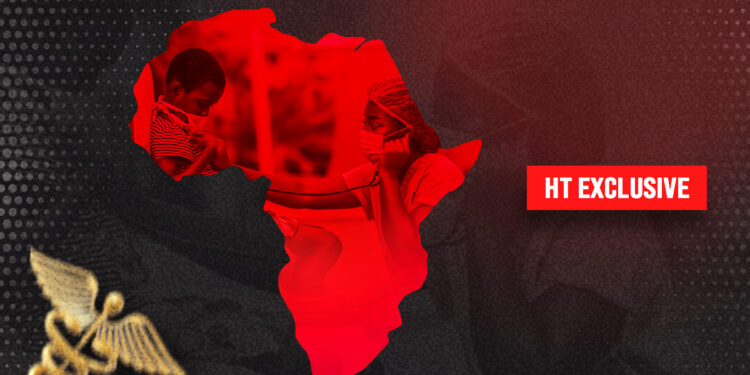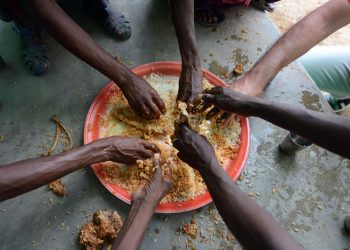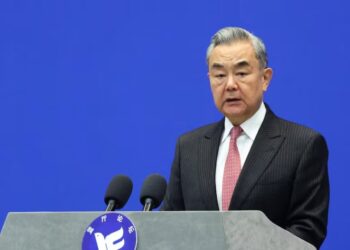By John Ikani
Cholera, a severe diarrheal disease that can kill within hours if left untreated, is once again ravaging parts of Africa.
As of January 14, 2024, the WHO Regional Office for Africa reported 11,415 cholera cases and 355 deaths in 2024 alone.
The situation continues to impact multiple countries, placing an additional burden on vulnerable communities
Let’s delve into more grim details of the health emergency.
What’s causing the epidemic?
The causes of the current cholera epidemic in Africa are multifaceted.
Cholera is often linked to contaminated water sources and poor sanitation conditions, facilitating the rapid spread of the Vibrio cholerae bacteria.
Contributing factors include poor sanitation, lack of access to clean water, inadequate hygiene practices, and limited healthcare infrastructure.
While the causes and contributing factors are common in all regions, regional variations may influence the severity and spread of the epidemic.
Climate change, as revealed by Africa’s health advisory bodies, exacerbates conditions conducive to cholera outbreaks, impacting different regions differently.
READ ALSO: Nigeria: NCDMB To Sustain Push For STEM Education, Rewards Schools At Science Quiz Close-Out
It manifests in more frequent and intense storms, floods, hotter temperatures, and prolonged droughts, all of which contribute to the spread of cholera by contaminating water sources and compromising sanitation.
Regions in Africa worst hit by the epidemic
Determining the exact origin of the current widespread cholera epidemic in Africa is challenging due to the endemic nature of the disease, simultaneous outbreaks and complex transmission pathways.
However, according to WHO data, the outbreak has affected 17 countries over the past two years with the most affected regions being Eastern and Southern Africa.
The situation in Southern Africa, particularly Zambia and Zimbabwe has become so dire at the time of filing this report, prompting international efforts for support and intervention.
Who is being impacted?
Children under five are often the most vulnerable, accounting for a significant portion of cases and fatalities.
Their immature immune systems and increased susceptibility to dehydration make them prime targets for the disease.
However, no demographic is spared: women, men, and elderly individuals are all impacted, creating a ripple effect across communities.
What is being done about it?
Efforts are underway to combat the cholera outbreak.
Health organizations, including WHO, UNICEF, Médecins Sans Frontières (MSF) and local authorities, are implementing strategies to improve water and sanitation infrastructure, provide medical assistance, and raise awareness.
• WHO: Provides technical assistance, coordinates responses, and supports research efforts.
• UNICEF: Delivers essential supplies, promotes hygiene practices, and supports vaccination campaigns.
• Médecins Sans Frontières (MSF): Offers emergency medical care in outbreak zones and advocates for improved access to healthcare.
• National Governments: Play a critical role in implementing prevention and response strategies, often in collaboration with international partners.
However, challenges persist due to the widespread nature of the outbreak and limited resources in affected regions.
End Note:
Cholera remains a major public health threat in Africa.
Addressing the root causes, strengthening healthcare systems, and promoting long-term sanitation and hygiene solutions are crucial for achieving sustainable control.
Continued investment, collaboration, and community engagement are vital to ensure that everyone has access to clean water, sanitation, and healthcare, ultimately preventing future outbreaks and saving lives.


































